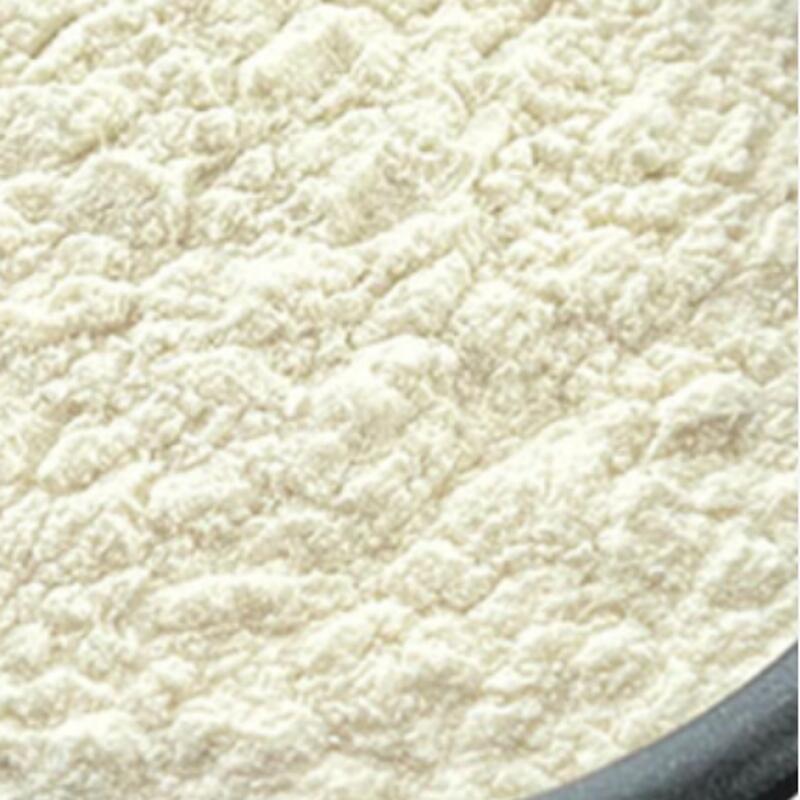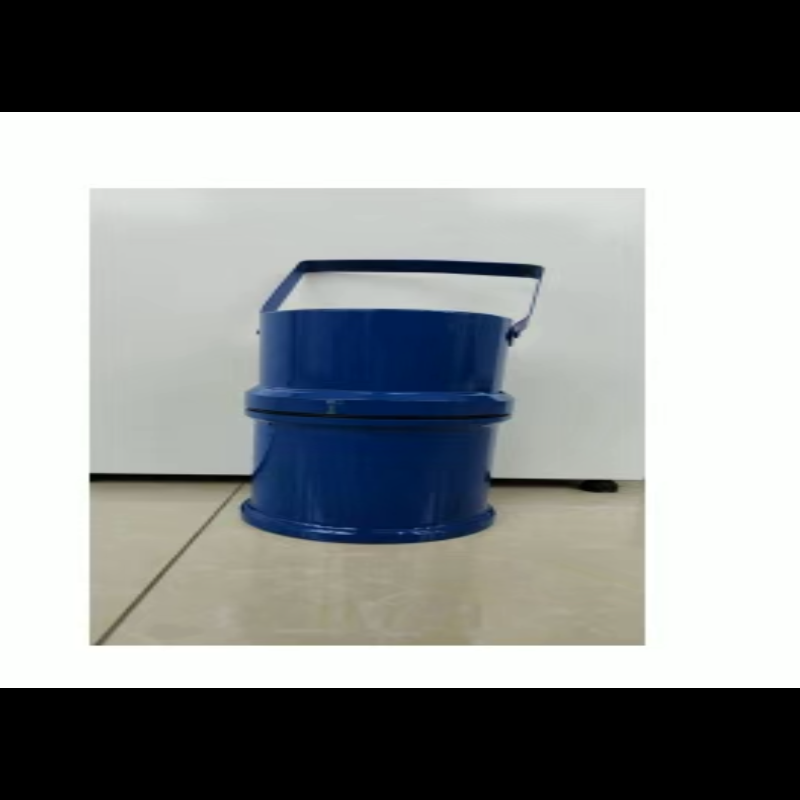-
Categories
-
Pharmaceutical Intermediates
-
Active Pharmaceutical Ingredients
-
Food Additives
- Industrial Coatings
- Agrochemicals
- Dyes and Pigments
- Surfactant
- Flavors and Fragrances
- Chemical Reagents
- Catalyst and Auxiliary
- Natural Products
- Inorganic Chemistry
-
Organic Chemistry
-
Biochemical Engineering
- Analytical Chemistry
-
Cosmetic Ingredient
- Water Treatment Chemical
-
Pharmaceutical Intermediates
Promotion
ECHEMI Mall
Wholesale
Weekly Price
Exhibition
News
-
Trade Service
The production process of ethene, a homopolymer, and chlorinated can be a complex and multi-step process that requires careful planning and execution.
In the chemical industry, these processes are typically carried out in large-scale industrial plants, where the raw materials and chemicals are combined in carefully controlled conditions to produce the desired products.
The production process of ethene, a homopolymer, and chlorinated typically involves several steps, including:
- Preparation of raw materials: The first step in the production process is preparing the raw materials, which typically include ethylene and chlorine gas.
These raw materials are carefully stored and transported to the production plant, where they are ready for use. - Cracking: The next step is cracking, which involves breaking down the ethylene molecules into smaller and more reactive fragments.
This is typically done using high temperatures and pressures, as well as a catalyst, such as silica-alumina. - Chlorination: After cracking, the fragments are exposed to chlorine gas, which reacts with the fragments to form chlorinated compounds, such as ethene.
This step is carried out in the presence of a catalyst, such as aluminum chloride. - Polymerization: The final step is polymerization, which involves combining the chlorinated compounds to form a polymer, such as polyethene.
This is typically carried out using a high-pressure reaction vessel, where the compounds are heated and pressurized to create the desired polymer structure. - Purification and packaging: The final product is purified and packaged for distribution.
This typically involves removing any impurities or unwanted byproducts, as well as packaging the product in appropriate containers for storage and transportation.
The production process of ethene, a homopolymer, and chlorinated is carefully monitored and controlled at every step to ensure that the desired products are produced in the correct quantities and quality.
This typically involves using advanced monitoring equipment and control systems, as well as following strict safety protocols to ensure the safety of the workers and the environment.
In addition to the production process, the use of ethene, a homopolymer, and chlorinated is also subject to strict regulations and guidelines.
This is to ensure that the products are safe for use and do not pose a risk to the environment or human health.
For example, the use of chlorinated compounds is tightly controlled, as they can be harmful to the environment and human health if not used and disposed of properly.
Overall, the production process of ethene, a homopolymer, and chlorinated is a complex and multi-step process that requires careful planning and execution.
However, with the right equipment, materials, and expertise, it is possible to produce high-quality products that are safe and useful for a wide range of applications in the chemical industry.







